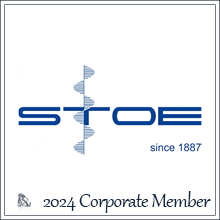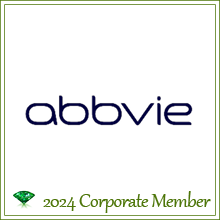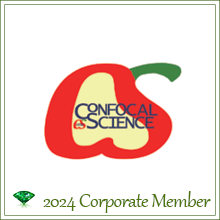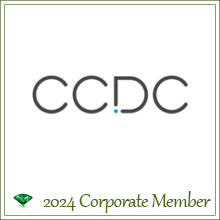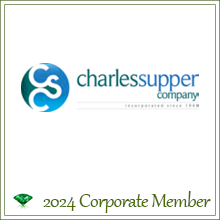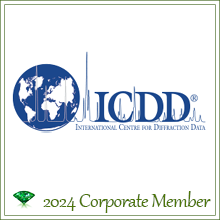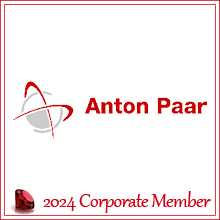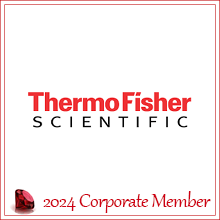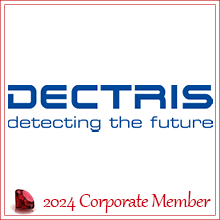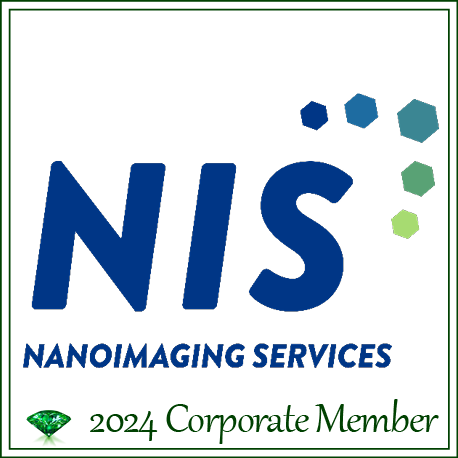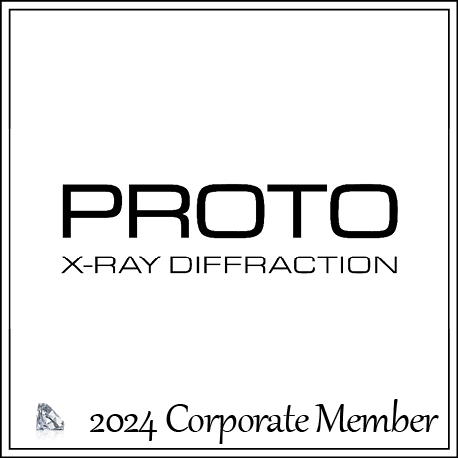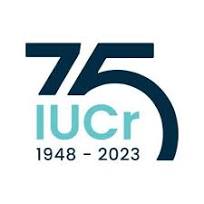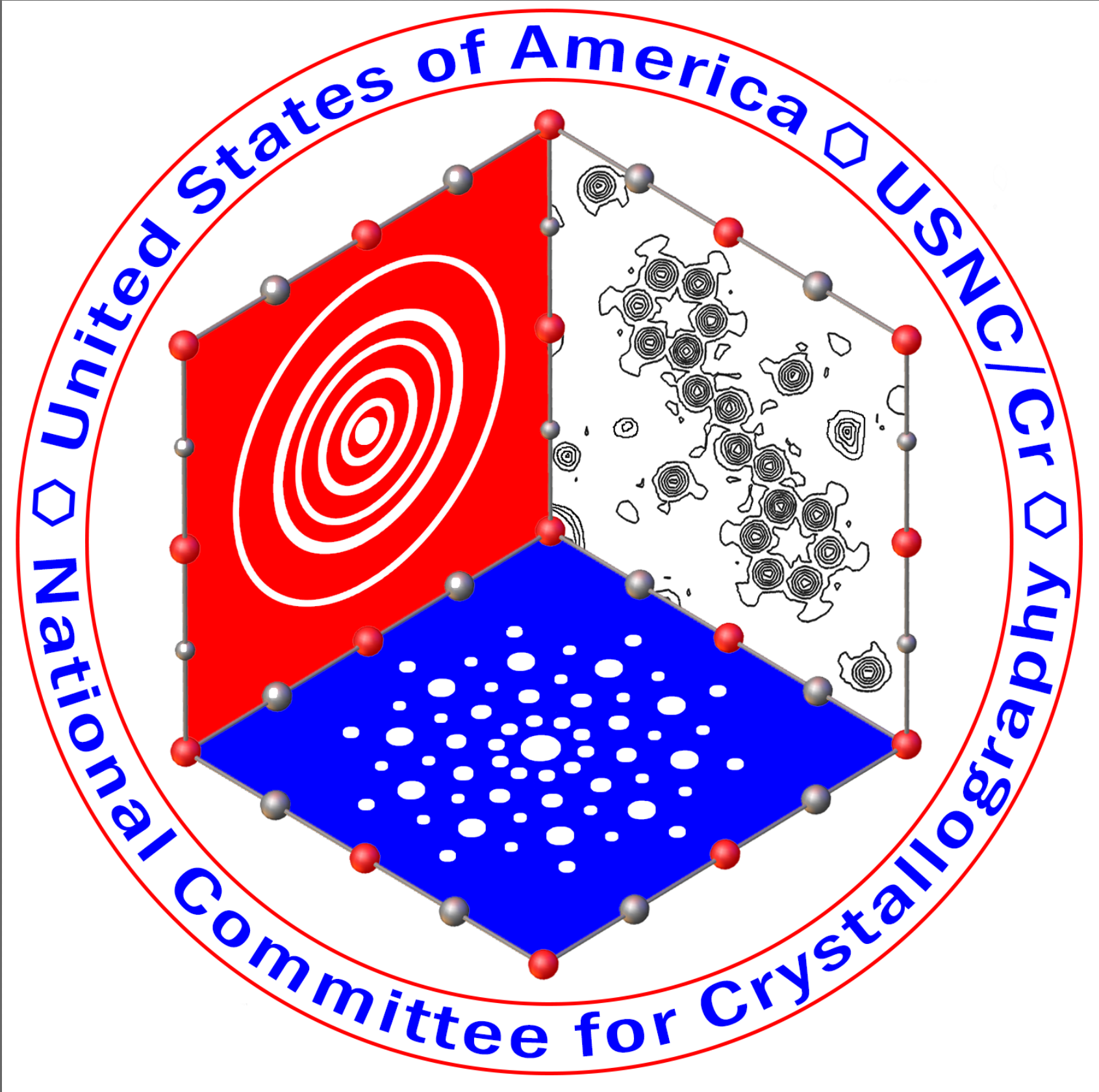- Home
- About ACA
- Publications & Resources
- Programs
- Annual Meeting
- Membership
- -History-
- ACA Video Library
ACA Election Candidate: Charles Bou-Nader
EducationPh.D. in Biochemistry, Molecular and Structural Biology from Pierre and Marie Curie University – France (2017) Honors & AwardsNIAID K99-R00 Pathway to Independence award (2022) Professional activitiesMember of the inaugural selection committee for distinguished postbaccalaureate scholars program at NIDDK (2022-present) Research InterestBiological macromolecules, X-ray diffraction, cryogenic electron microscopy, small-angle X-ray scattering, RNA, proteins and ribonucleoprotein complexes. RNA macromolecules are not only coding molecules, but also regulate many biological processes via non-coding functions. The plethora of functions performed by RNA molecules stem from the diversity in RNA structures and their recognition by proteins. I combine X-ray crystallography, cryo-EM and biochemistry to dissect the molecular recognition of RNAs by proteins. During my graduate studies I focused on the mechanistic basis of RNA modification by two classes of flavoenzymes. Currently in my postdoctoral work I am developing new approaches to determine the structures of challenging ribonucleoprotein complexes by X-ray crystallography and cryo-EM with an emphasis on RNA-protein interactions at the virus-host interface. My envisioned independent research program will uncover the structural and molecular basis of non-coding RNA structures by proteins that converge on regulating gene expression during cellular stress.
StatementDear ACA members, It was wonderful to be reunited with all of you at the ACA2022 in Portland. This was my first in person ACA meeting and I am grateful to be part of such an inclusive, supportive and outstanding scientific community. The success of ACA is partly driven by the dedication and the generous volunteering of its members. This was evident during the ‘All Members Business Meeting’ on August 2, 2022, and I was touched to see so many colleagues share their thoughts and provide feedback while sharing my deep attachment to our association. I want to give back and contribute to promoting the vision and initiatives of the ACA. I was thrilled when the chair of the ACA’s Communication Committee, Dr. Louise Dawe, nominated me to serve on the ACA’s Communication Committee. A critical aspect of science is not only to push the boundaries of our knowledge to improve society, but also to spread this knowledge in a comprehensible way to everyone. This need is evident from our current crisis of misinformation and the disconnect between the general public and the ever-increasing complexity of fundamental science, especially as it pertains to public policy. From this perspective, I am delighted that the ACA’s Communication Committee developed an infographic that explains the importance of crystallography for the general public and policy makers. As a member of the committee, I will follow up on this initiative and ensure that the infographic is distributed broadly. Additionally, the committee organizes the early career spotlight that features young scientists. This is important not only to increase the visibility of early career scientists, but to also foster a culture of belonging and inclusion. Most of these profiles feature poster awardees from the ACA meeting. As a member of the committee, I propose to expand this initiative by soliciting nominations to interview early career scientists and to summarize the highlights of these interviews. This format is successfully used by the RNA society and is a great opportunity for mentors to promote their trainees. Moreover, Twitter is an integral part of scientific communication both with peers and with the general public. During ACA2022, I tweeted daily about the talks and posters I attended while emphasizing the key message I toke away from each presentation. As a member of the Communication Committee, I will work with other ACA committees to advertise the exciting science presented at our annual meeting on Twitter. This outreach initiative will increase the engagement with the public, boost the dissemination of science and encourage individuals to join our vibrant association. Throughout my career, I have engaged in leadership and service roles within my hosting institutions. For instance, I invited and hosted 32 speakers from 2020 to 2022 for the NIDDK annual conference. Since 2021, I host leading scientists from underrepresented groups for monthly virtual seminars at the NIH. Most recently, I co-chaired the FARE award competition at the NIH where we received 855 abstracts and coordinated 207 awards. Collectively, my experiences in several committees and my service in leadership roles during my graduate and postdoctoral studies have prepared me to be an active member of the ACA Communication Committee. |
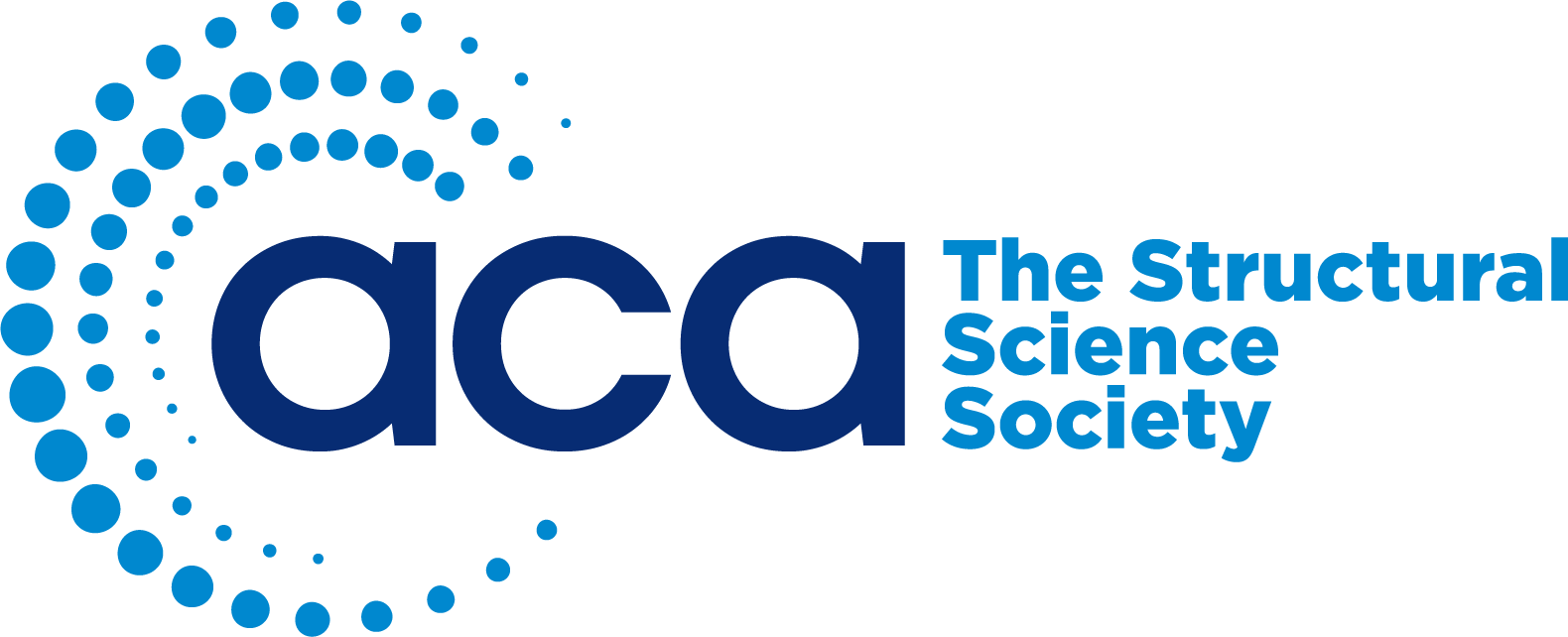
 NIDDK – National Institutes of Health (NIH)
NIDDK – National Institutes of Health (NIH)


